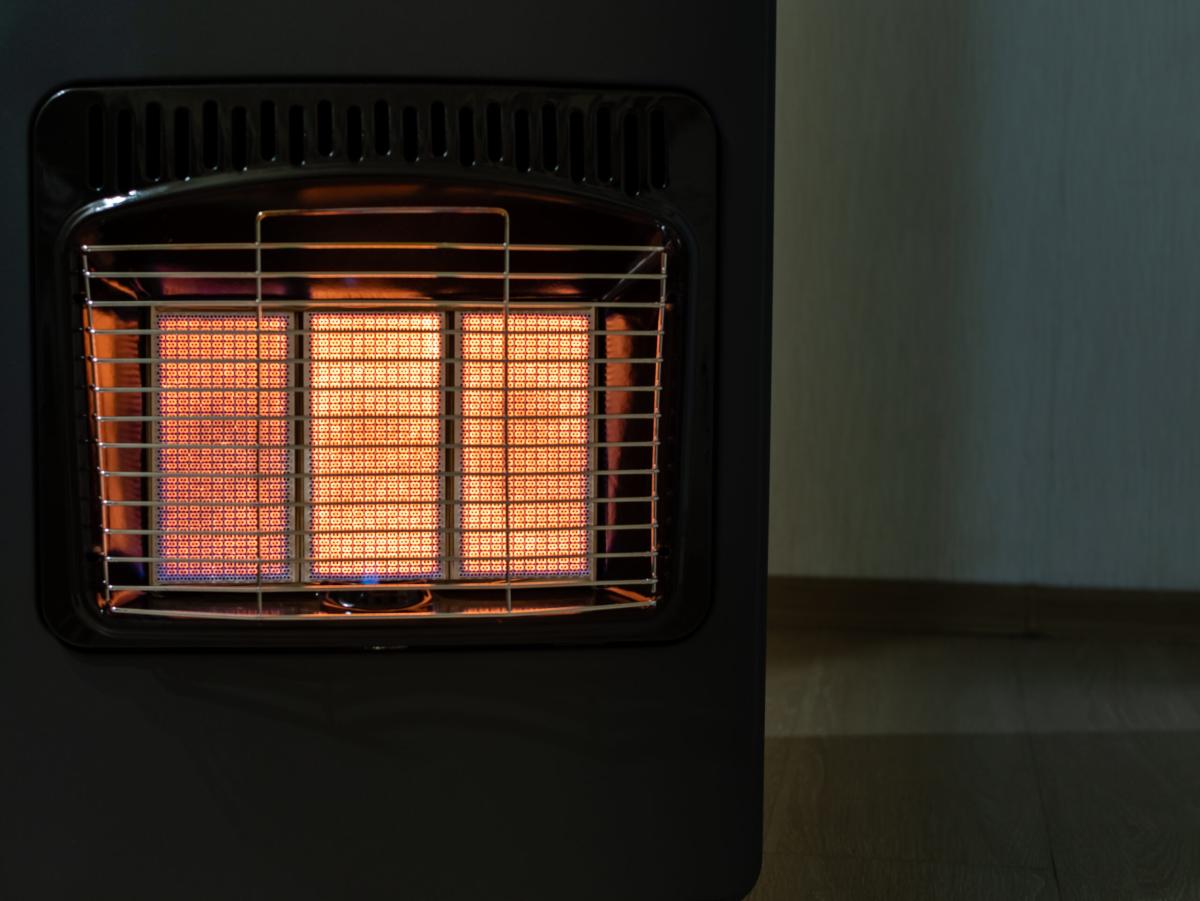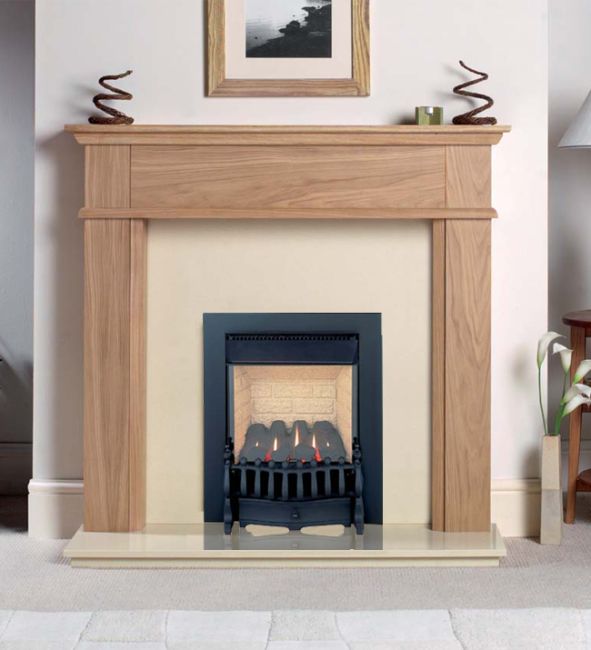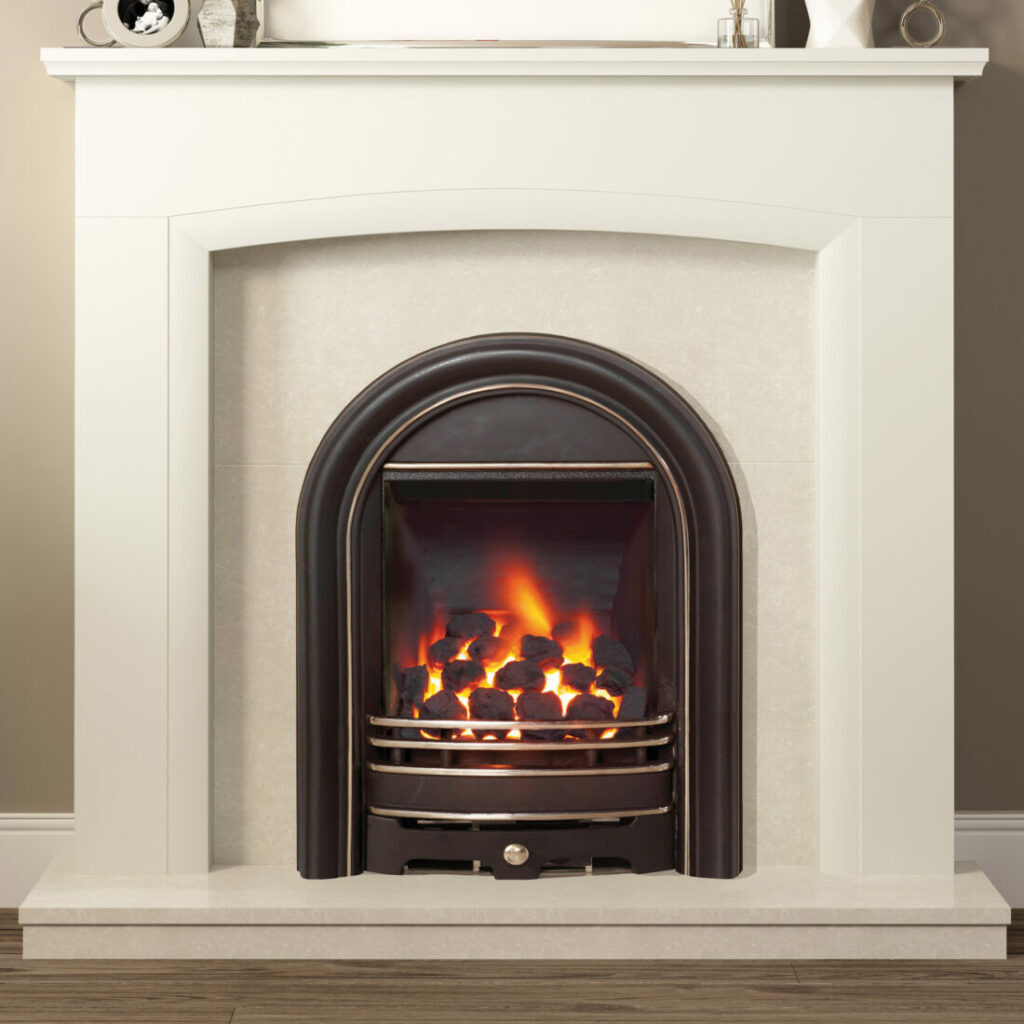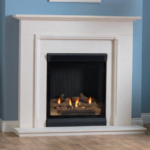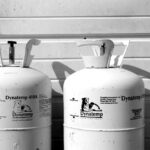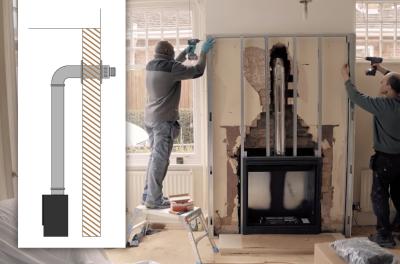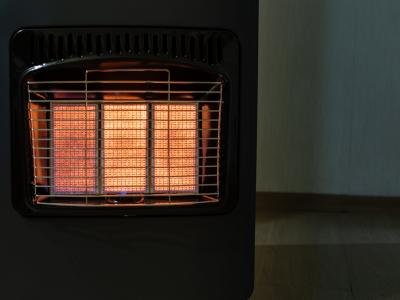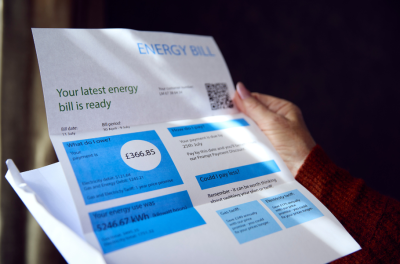We use cookies to improve your experience and our business. See our privacy/cookie policy or continue browsing to accept our use of cookies. View our cookie policy.
How Long Do Gas Fires Last?
Gas fires have become a popular choice for home heating in recent years. Running on natural gas or LPG, they provide an efficient and affordable way to warm up living spaces. But with any appliance, it’s understandable to wonder about its longevity and when it may need replacing. In this post, we’ll explore the expected lifespan of a gas fire and what influences how long it will last.
The typical lifespan of a gas fire
When properly installed and cared for, most gas fires can provide anything from 10 to 15 years of useful life. Some higher-end models or those used infrequently may last 20 years or longer before needing major repairs or replacement. Assuming moderate usage of around 4 hours per day during colder months, the average gas fire will provide around 12 years of reliable heating.
Several factors affect lifespan length, examined in more detail throughout this post. But in general, an efficiently running modern gas fire kept clear of dust and debris should hit or exceed that 10 to 15-year mark before showing signs of wear. Older or cheaper models may start to struggle after 7–8 years. Regular servicing and maintenance will be essential to maximising lifespan potential.
What reduces life expectancy?
While a quality gas fire can hit that 15-year mark, a few things can prematurely impact its longevity and reduce its practical working life. These include:
Installation Issues
A faulty or substandard installation often lies behind many premature gas fire breakdowns. Common issues include incorrect gas pressure settings, poorly made flare connections resulting in leaks, or incorrect ventilation placements. Thankfully, these are usually fixed with an updated service visit. However, significant mistakes can cause early internal damage.
For example, incorrect flare fittings used to join gas piping can slowly loosen over time. This may not be noticeable at first, but after several years, this joining weakness permits small gas leaks. Left unresolved, fire efficiency is impacted, and potential carbon monoxide leaks into living spaces raise safety concerns.
Another installation problem example is over-pressure. If supply pressure is too high for the fire appliance’s built-in regulation, excess strain gets placed on valves, jets, thermocouples and other components, wearing them out quicker over months of use. Thankfully, adjustable regulators can easily tweak pressure rates. However, the premature component damage still shortens the appliance's lifespan considerably.
Heavy Use
Running a gas fire for over 5 hours per day, especially on higher settings, will likely reduce its overall lifespan. Internal components wear out faster than those used moderately or seasonally. For households needing constant winter heating, it may be worth investing in a more heavy-duty model upfront.
In particular, the heat exchanger within a gas fire produces intense warmth because it is so close to the combustion chamber and flames. While built to withstand high heat, years of constantly running at maximum temperatures cause small cracks and warping over time. This reduces heat output efficiency, requires more gas usage, and shortens the appliance’s effective lifespan.
Insufficient Cleaning
Not properly clearing dust, lint and debris from the fire, its venting and gas piping can also lower lifespan. This potentially causes obstructions, alters air-gas mixtures, and quickly leads to parts wearing out. Annual services help here, along with checking vents/piping in between.
For example, let’s say the exterior vents of a gas fire collect a lot of dusty lint over a few months. This partially blocks airflow, reducing heat circulation into the living room and slightly starving the gas combustion chamber of adequate fresh oxygen. This makes the flames burn less cleanly and hotter, increasing strain on internal components like heat exchangers and valves. Over years of build-up, the excess strain damages lifespan.
How is life expectancy affected by usage?
As previously mentioned, lifespan shrinks with increased usage. Most gas fires today have a modulating valve system to adjust flame height/heat output. Running on the lowest setting uses less fuel and puts less strain on components than higher models.
Based on average lifespan figures, here is how usage frequency impacts appliance longevity:
- 1–3 hours daily operation: 14 to 20+ years
- 3–5 hours daily operation: 10 to 15 years
- 5+ hours daily operation: 7 to 12 years
So, while heavy usage through cold winters is possible, it will likely necessitate earlier replacement. Moderate use across autumn and early spring prolongs working life considerably.
For example, compare a seaside gas fire used sparingly during winter months to another model in a country cottage requiring near-constant winter heating. The seaside gas fire may operate less than 500 hours annually, allowing component seals, heat exchangers, and pipe joining to stay in excellent condition for 10–15 years.
Meanwhile, the country cottage version used 4–6 hours daily for five months annually could require new parts or total replacement after just 8–10 years. The heavy seasonal usage causes certain internal areas like combustion chambers to wear out noticeably quicker.
Signs a gas fire is nearing the end
It’s essential to regularly maintain a gas fire and check for any emerging issues. But at around the 10-year mark – sometimes sooner for budget models – telltale signs will indicate servicing can no longer patch things up and lifespan is ending. Some of the signals to look out for include the following:
Reduced Efficiency
If the appliance is taking longer to warm up, not heating as effectively, or using notably more gas, its internal workings are wearing out. It's time for a replacement.
For example, heat exchangers gradually accrue minor damage over years of use, developing micro-fractures and warps. This reduces heat output potential, meaning the gas fire appliance relies increasingly on the combustion chamber’s naked flames to compensate. But this is less efficient, losing more warmth up the flue instead of circulating it into living spaces, and using more gas. Replacement is the only fix.
Carbon Monoxide Loss
Any smell or carbon monoxide detection indicates a potentially dangerous gas leak. Have the fire serviced immediately and assess its condition.
Remember that carbon monoxide leaks don’t automatically mean appliance lifespan is over if addressed promptly. A connection may have worked loose, or a small seal rupture occurred, which service engineers can quickly repair. But if leaks originate internally or persist despite servicing, it likely signals irreparable wear from age. Best replace the entire gas fire unit if it continues leaking dangerous fumes.
Flame Appearance Issues
If flames grow small, spluttering, or aren’t burning properly/evenly, the fire’s lifespan is up. It's time for a pro inspection and likely a new gas fire installation.
There could be multiple causes behind poor flame performance after 5+ years. Air holes may be blocked in aged log fuel beds, for example. But more often, the gas jet nozzles and valves accrue enough tiny internal debris deposits that flow rates alter. Weak, erratic flames then can’t heat living spaces effectively any more. This requires full gas fire replacement.
Damage Visible
Lastly, inspect the external body for cracks, peeling panels or rust. See if internal lining/bricks are crumbling or worn. Obvious external damage signals the internal components won’t be faring any better after 10+ years.
Remember that any gas fire model will show paint discolouration or superficial wear externally over a decade of use. This includes small dents, finish colouring, or surface scratches incurred during cleaning and maintenance. But be concerned if you spot rust holes, loose rattling panels or full layer peeling. If examined internally, bricks/tile linings shouldn’t be falling apart or coated in soot deposits if the appliance was well maintained. Major external wear always reflects a badly expired internal lifespan.
When weighing up new heating options, it’s understandable to consider expected longevity. Gas fires provide an affordable and effective solution for most homes. With moderate use plus attentive care and maintenance, they typically offer 10–15 years of reliable warmth before replacements become necessary.
Knowing what impacts lifespan, being realistic about usage patterns, and looking for telltale signs of wear will all help consumers make the right gas fire investments. Paying that bit extra for reputable installation and efficient models can also significantly extend your fire’s working life.
So while longevity varies in practice, homeowners can expect a decade or more of cosy warmth from their gas fire purchase when managed correctly. And by selecting durable products matched to household habits, even longer effective lifespans are achievable.
Upgrade your gas fire with Direct Fireplaces
Is your gas fire in need of replacing? Whether you’ve noticed any of the signs above, or it’s simply not heating your room as effectively as it used to, it might be time for a replacement.
Take a look at our huge range of gas fires available in high and standard efficiency models plus a huge range of designs to suit every home.
What’s more, we offer free delivery to the UK mainland, 14-day no-hassle returns, and a range of finance options to help you spread the cost.
Need advice? Contact our friendly, expert team on 0161 376 4181 or email [email protected].
[related_products is_auto_added="1"]Joanna Humphreys
Latest posts by Joanna Humphreys (see all)
- What’s Included in a Balanced Flue Gas Fire Installation? - April 3, 2024
- How Long Do Gas Fires Last? - February 1, 2024
- How Much Does it Cost to Run a Gas Fire in 2024? - January 16, 2024

